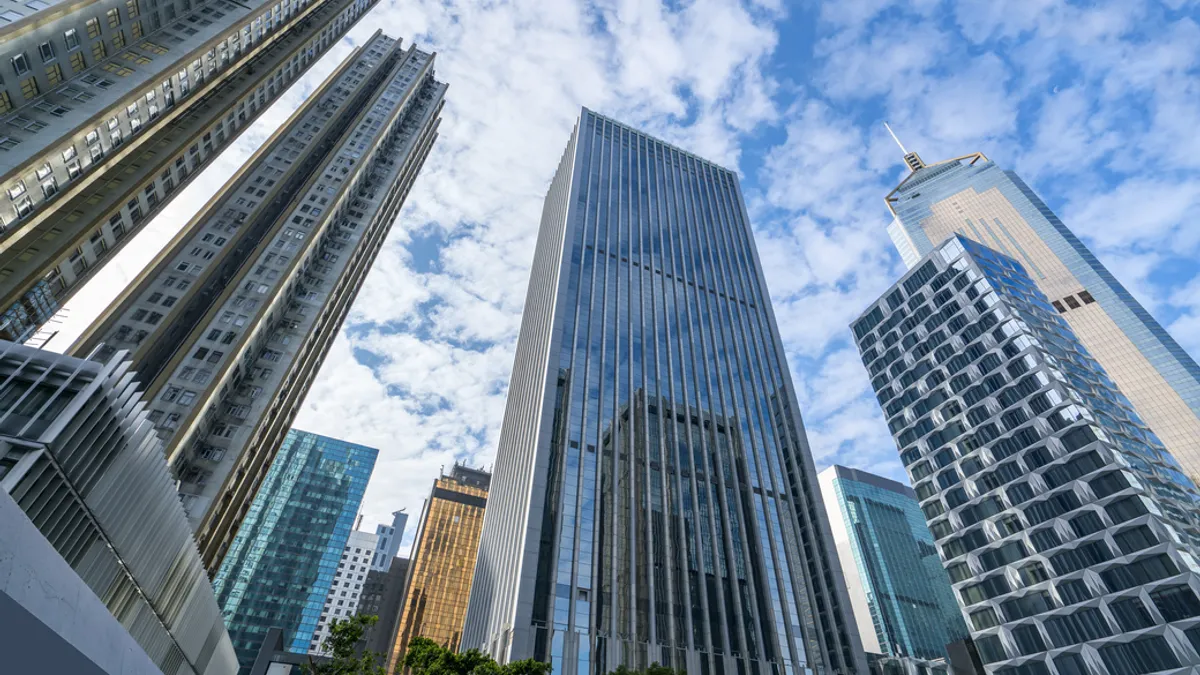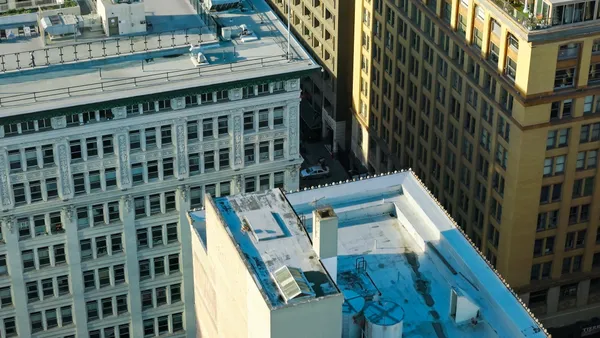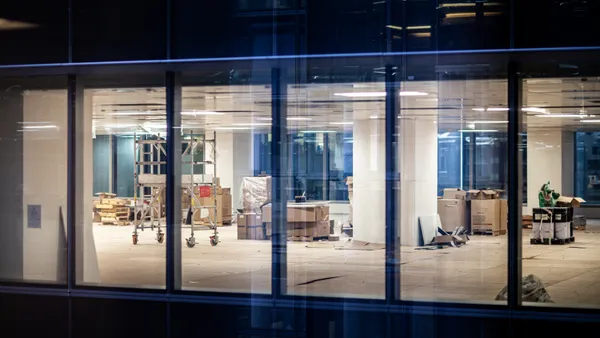It’s difficult to overstate the importance of the materials used in our built environment. By selecting only high-quality materials that help infrastructure meet—or exceed—minimum standards outlined in building codes and standards, we can ensure our community’s structures are safe, durable and cost-effective. While this fact is pertinent year-round, it holds particular significance during Building Safety Month, an annual campaign to raise awareness of the importance of building codes and standards. To that end, let’s explore how certain materials used in cable jacketing, roofing membranes and pipelines contribute to building safety and resilient infrastructure.
Cable jacketing that enhances fire safety
The wire and cable infrastructure in our buildings is becoming more complex as next-generation connectivity takes hold. As one can imagine, preventing electrical fires is top of mind when it comes to wire and cable-related building codes. For instance, codes and standards may specify the size of wire or cable that should be used based on the electrical load it will carry.
Using high-quality wire jacketing and insulating materials also enhances fire safety. Halogenated materials have traditionally been used in the production of rubber cable jacketing due to their flame-retardant properties. However, when these materials are exposed to flame, they produce toxic fumes, which can harm building occupants and first responders when inhaled. Switching to halogen-free flame retardant materials like UNIGARD™ RE DFDA-1638 NT Flame Retardant Compound from Dow can reduce the dangerous health impacts of halogenated materials and enhance fire safety in buildings.
Cables installed in air plenum spaces require additional safety considerations. Plenum cables—typically fiber optics and other networking cables —are jacketed with low-smoke polyvinyl chloride (PVC) compounds to resist burning and produce less smoke and toxic fumes when exposed to fire. However, these PVC compounds require the use of a material to help maintain long-term flexibility and durability. Low molecular weight liquid plasticizers tend to generate high levels of smoke and migrate out over time. In contrast, high molecular weight polymeric modifiers like ELVALOY™ Copolymer from Dow enable compounders to increase the number of flame-retardant additives while maintaining strength and flexibility. Another benefit of ELVALOY™ is that it can be used across markets from wire and cable to roofing.
Roofing membranes that inhibit mold growth and minimize emissions
The materials used in roofing membranes serve a critical role in protecting occupants from the elements. Consider mold. Building codes and standards include ventilation and moisture control requirements because mold growth can impact indoor air quality and a building’s structural integrity—not to mention necessitate expensive, disruptive remediation efforts.
Thankfully, material science has advanced to develop plasticizers such as Ketone Ethylene Ester (KEE). When combined with PVC, KEE helps to, among other things, improve the roof’s weatherability and flexibility. For example, Materials using this formulation such as Dow’s ELVALOY™ KEE Terpolymers are a good option for watertight, low-slope roofing system which is effective at shedding water quickly to stop the elements at the building exterior’s perimeter.
Furthermore, as the world attunes to environmental safety, we’re seeing building energy codes and standards increase in scope and stringency. For instance, codes and standards in certain climate zones include roof reflectance requirements—or the minimum level of solar reflectance a roofing material must have. Roofing membranes created using the formulation of PVC KEE such as Dow’s ELVALOY™ KEE Terpolymers deliver higher reflectance, which helps reduce the energy needed to cool the building and, in turn, the emissions released into the atmosphere.
Pipelines that stand the test of time
Another vital component of our built environment, pipes help circulate and drain numerous liquids into and out of buildings. But as pipes age, they become increasingly vulnerable to corrosion and leaks, which can compromise their structural integrity and performance. Damaged or broken pipes can lead to expensive and dangerous problems— such as reduced water pressure, flooding, and electrocution.
The need for safe, efficient piping has never been more important. For that reason, codes and standards around gas and water piping systems typically center on requirements for installation and maintenance, and of course, the materials used affect the longevity of these systems.
Let’s compare pipes made from unimodal polyethylene (PE) and bimodal PE resin. Conventional unimodal PE pipes offer high flexibility and good chemical resistance. However, bimodal PE resin like Dow’s CONTINUUM™ DGDA-2420 NT Bimodal Polyethylene Resins has certain advantages—including better resistance to slow crack growth and rapid crack propagation—which help prolong the life of the pipeline.
Building Safety Month highlights the importance of making informed decisions when selecting materials for construction applications. Advancements in material sciences directly translate to safer, more resilient infrastructure, and staying up to date on these innovations will help ensure our world is built to last.










